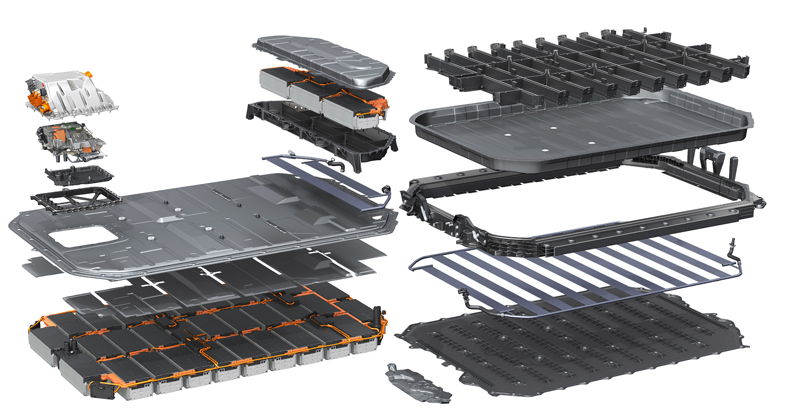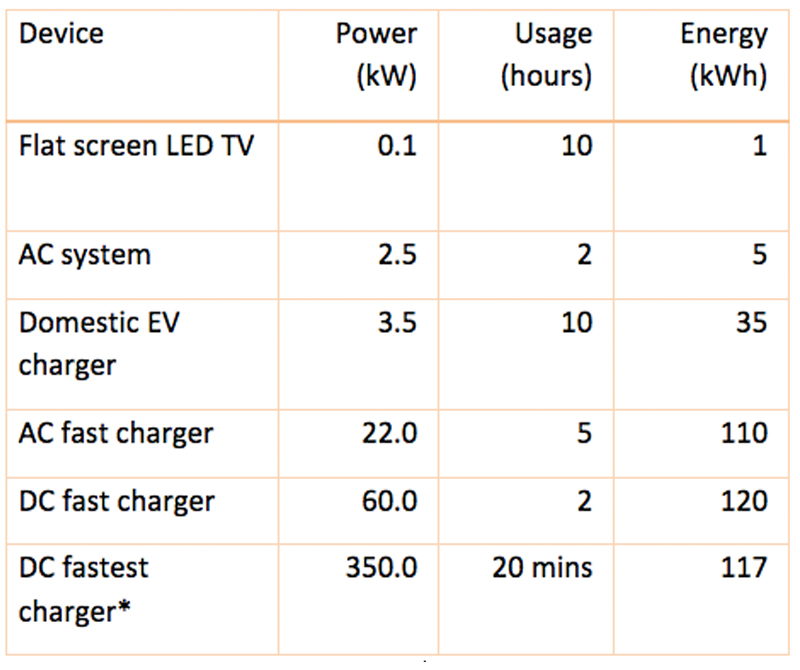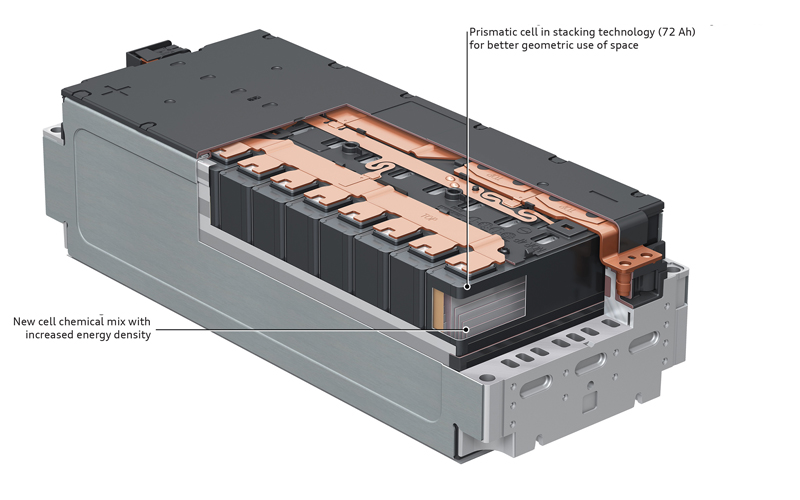
The term kilowatt hour (kWh or kW-h) is often used in connection with electric vehicle batteries, but also to household electricity supply. Before I explain in detail what this means, we need to clear up the difference between a kilowatt and a kilowatt hour. Also, just a reminder, the ‘kilo’, as I am sure everyone is aware, simply means 1000. It is used because it makes the numbers easier to work with.

A kilowatt (1,000 watts) is a measurement of power. It means how much a device will consume, or how much a device can supply. In the context of this article it relates to electricity, but it doesn’t have to. A one horsepower (hp) engine for example, is about 745W or, one metric horsepower (Ps) is 735.5W – I guess, there really is a metric horse out there somewhere! In a vehicle electrical system, an old 60W headlamp bulb will consume ten times more power than a 6W sidelight bulb. A 200kW EV motor will consume considerably more.
A kilowatt hour (kWh) is a unit of energy measurement, specifically it represents the amount of energy used or produced over a period of time. One kilowatt hour is equal to the energy consumed by a power of one kilowatt over a period of one hour. It is commonly used to describe vehicle traction batteries and as a measure of domestic and industrial electricity consumption. It is the billing unit for electric companies – which is why we have heard so much about it recently!
The following table shows some typical examples of devices with different power ratings and their energy consumption over time:

A kilowatt-hour is a non-SI unit of energy: one kilowatt of power for one hour. It is equivalent to 3.6 MJ (megajoules) in SI units.
A kilowatt hour (kWh) is used to measure the energy capacity of electric vehicle (EV) batteries because it provides a convenient and standardised way to compare the energy storage capacity of different EV batteries. By expressing the energy storage capacity in kilowatt hours, manufacturers and consumers can easily compare the range and potential driving distance of different EVs. Note that range of an EV also depends on many other factors including driving style.
For example, a 50 kWh battery in an EV can be expected to provide a certain range, and this information can be used to compare it with a similar EV that has a 75 kWh battery. This helps us make informed decisions about the range and energy efficiency of different EVs. Additionally, using kilowatt hours to measure the energy storage capacity of EV batteries in the same way that electricity is sold and billed, makes it a convenient and widely recognised unit of measurement.

The actual amount of energy that can be used from the battery will depend on a variety of factors, including the discharge rate (how fast energy is used), the temperature, and the battery’s state of health. Battery capacity can degrade over time, especially if the battery is frequently fast charged and discharged or if it is exposed to extreme temperatures.
An example of one of the latest high-voltage battery systems, is in the new Audi Q8 e-tron. This car operates with a nominal voltage of 396 V. Two different battery sizes are available:
- Q8 50 e-tron, the battery has a usable capacity of 89 kWh
- Q8 55 e-tron and SQ8 e-tron, have 106 kWh.
In both cases, the space required for the drive battery is the same; thanks to further developments in cell technology and structure as well as in cell chemistry, the individual cells boast an increased energy density.
The prismatic cells used in battery production are assembled via a process called stacking technology, whereby the cell material is stacked in layers, thus filling the rectangular space much more efficiently – up to 20 per cent more active cell material for power storage fit in the battery cell.









